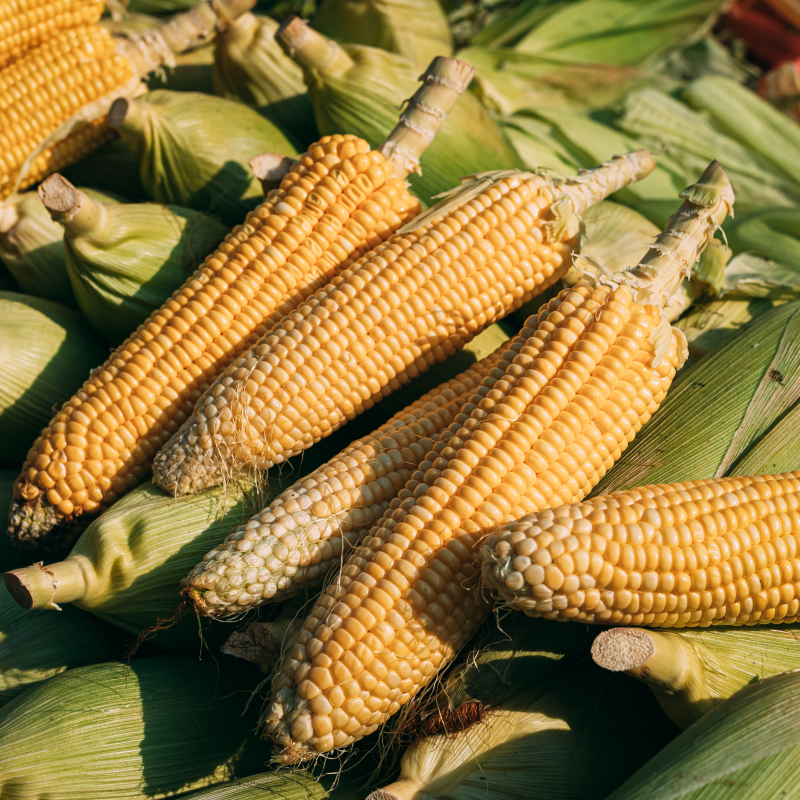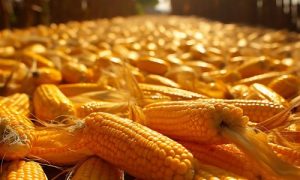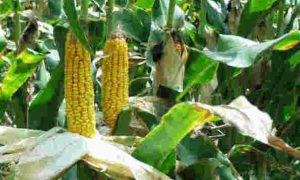Haryana maize growers suffer losses as prices fall 50% below MSP

The reports from mandis from northern districts of the state reveal that in the absence of government agencies, private buyers are buying maize crop at ₹900 to ₹1,400 a quintal against the MSP of ₹1,962 fixed for the 2022-23. Maize growers in Haryana suffer huge losses as they have to sell their produce to private buyers around 50% below the minimum support price (MSP) fixed by the Centre.
Maize growers in Haryana suffer huge losses as they have to sell their produce to private buyers around 50% below the minimum support price (MSP) fixed by the Centre.
The reports from mandis from northern districts of the state reveal that in the absence of government agencies, private buyers are buying maize crop at ₹900 to ₹1,400 a quintal against the MSP of ₹1,962 fixed for the 2022-23.
Maize is cultivated in kharif and rabi seasons in Haryana. The state agriculture department officials said that they did not have data of maize cultivation in rabi season but for the coming kharif season, the state agriculture department has set a target to bring around 30,000 hectares under maize crop. Even though the state government does not procure maize of rabi season, farmers consider it a good alternative to wheat as it could be grown by the second week of March and the average yield remains around 40 quintals per acre.
The Cabinet Committee on Economic Affairs (CCEA) chaired by Prime Minister Narendra Modi has now approved the increase in the MSP of maize marketing season (to be harvested in October this year) 2023-24 to ₹2,090.
With the harvesting of winter maize (rabi) at its peak, the prices have witnessed a decline of around ₹500 a quintal in the past one week. Even traders and arhtiyas have predicted that it may fall further if the arrival of maze continues at the same pace for the next couple of days.
“I have to sell my produce of three acres at ₹1,350 per quintal thus the fall in prices has cost me a loss of around ₹12,000 per acre,” said a farmer, Naresh Kumar, who sold his produce at Ladwa mandi of Kurukshetra district.
Another farmer Krishan Lal said that after paying around ₹1,200 as labour charges to get his produce of one acre dried for three days, a private trader bought it at ₹1,340 a quintal while the government claimed that it has increased the MSP above ₹2,000.
Similarly, moong growers are getting below ₹7,000 a quintal for the crop against the MSP of ₹7,755 a quintal. Pradeep Kumar, a farmer from Dhumsi village, said that he sold 17 quintal moong on his four acres at ₹6,800 a quintal, which caused him a loss of around ₹16,000.
“That is why the country needs an Act to guarantee MSP. If the government cannot procure it on the MSP, why they make claims of increasing it every year. At least the government should form a policy under which buyers should not be allowed to buy below the MSP,” said Ratan Mann, a farmer leader.
According to the officials in the state agriculture department, the winter maize is considered as the best alternative crop to the wheat as farmers grow it as the third crop after mustard, sugarcane and potato. Sohan Lal, a commission agent from Kurukshetra, said that government agencies do not procure rabi maize on MSP and the farmers sell it to private buyers. Last year the private traders had bought the produce at ₹2,000 a quintal but this year due to an increase in the acreage and good yield, the prices have declined. As per the procurement figures, in 2021-22, Haryana State Co-operative Supply and Marketing Federation Limited (HAFED) had procured 244.50 MT maize on the MSP of ₹1,870 a quintal but in 2022-23 the prices were above the MSP and farmers preferred to sell it to private buyers.
Arun Kumar Ahuja, general manager, procurement and warehousing division of Hafed, said that maize is mainly Kharif crop in Punjab and Haryana and it comes under procurement policy for coarse grains as per the Centre, wherein the quantity procured has to be consumed within the state under the public distribution system and the minor production of maize is mainly used in cattle feed, poultry and starch industries.
















